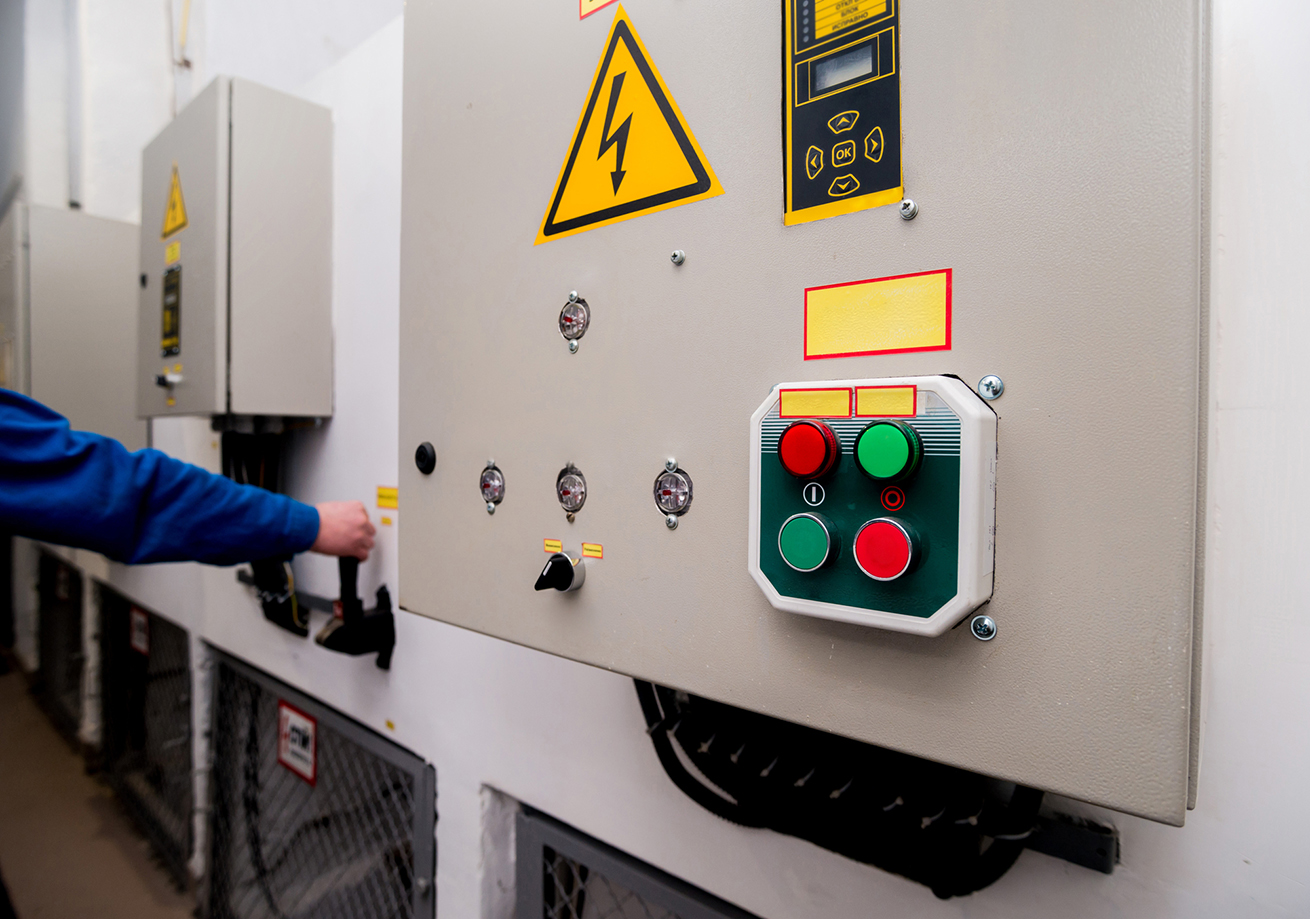In Australia, industries such as oil and gas, mining, chemical manufacturing, and petrochemicals rely heavily on electrical equipment to power their operations. However, these environments pose unique safety challenges due to the presence of flammable gases, vapours, or combustible dusts, making them hazardous areas where the risk of explosion or fire is significantly higher. Ensuring the safety of workers and the integrity of equipment in such settings becomes paramount. This is where Electrical Equipment in Hazardous Areas training, (i.e. EEHA training), plays a crucial role in equipping electrical workers with the knowledge and skills necessary to operate safely and effectively.
Understanding EEHA Training
EEHA training in Australia is specifically designed to educate electrical workers on the principles, standards, and best practices for working with electrical equipment in hazardous areas. This training covers a wide range of topics, including the classification of hazardous areas, the selection and installation of suitable electrical equipment, inspection and maintenance procedures, and emergency response protocols.
Compliance with Regulations
In Australia, the installation and operation of electrical equipment in hazardous areas are governed by stringent regulations and standards, such as the AS/NZS 60079 series. Compliance with these regulations is not only a legal requirement but also essential for ensuring the safety of personnel and preventing catastrophic incidents. EEHA training provides electrical workers with a thorough understanding of these regulations, ensuring that they can perform their duties in full compliance with the law.
Risk Mitigation
Working with electrical equipment in hazardous areas carries a number of inherent risks, including the potential for explosions, fires, and electrocution. EEHA training equips electrical workers with the skills and knowledge needed to identify and assess these risks effectively. By understanding the principles of hazardous area classification and explosion protection techniques, workers can implement appropriate risk mitigation measures, such as using intrinsically safe equipment, implementing proper isolation procedures, and conducting thorough inspections and maintenance.
Emergency Preparedness
In hazardous environments, the ability to respond swiftly and effectively to emergencies is critical. EEHA training typically covers emergency response procedures specific to hazardous areas, including evacuation protocols, firefighting techniques, and procedures for dealing with electrical emergencies. By ensuring that electrical workers are well-prepared to handle emergencies, EEHA training enhances overall safety and minimises the potential impact of incidents.
Maintaining Equipment Integrity
Electrical equipment operating in hazardous areas is subjected to harsh environmental conditions, including exposure to corrosive substances, extreme temperatures, and mechanical stress. Proper installation, inspection, and maintenance are essential for ensuring the integrity and reliability of this equipment. EEHA training provides electrical workers with the skills to perform regular inspections, identify potential issues, and conduct maintenance activities according to industry best practices. By maintaining equipment integrity, EEHA-trained workers help prevent equipment failures and minimise the risk of accidents.
Conclusion
In hazardous areas where the risk of explosion or fire is high, the importance and value of EEHA training cannot be underestimated. By equipping electrical workers with the knowledge and skills necessary to operate safely and effectively, EEHA training plays a crucial role in ensuring compliance with regulations, mitigating risks, enhancing emergency preparedness, and maintaining the integrity of electrical equipment. As industries continue to evolve and face new challenges, investing in EEHA training remains essential for safeguarding personnel and preventing catastrophic incidents in hazardous environments.
In conclusion, EEHA training in Australia is not only a legal requirement but also a fundamental aspect of ensuring the safety and well-being of electrical workers operating in hazardous areas.
Volt Edge is a reputable Registered Training Organisation (RTO # 32137), providing a variety of Hazardous Areas courses led by experienced experts with industry specific content. Specialising in industrial safety training, Volt Edge is trusted by both individuals and business organisations for providing quality, up-to-date training. To find out more about Volt Edge EEHA training, get in touch with the team today.




